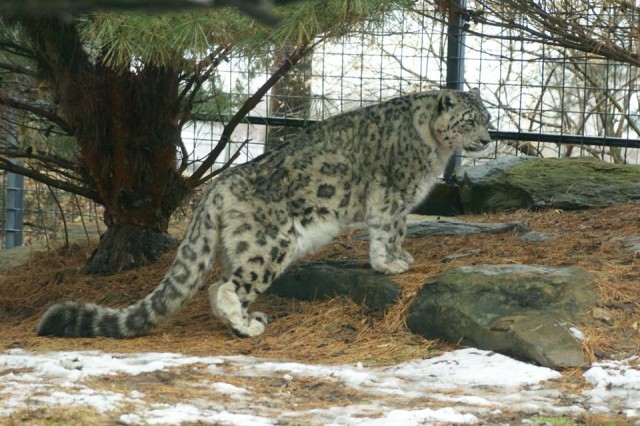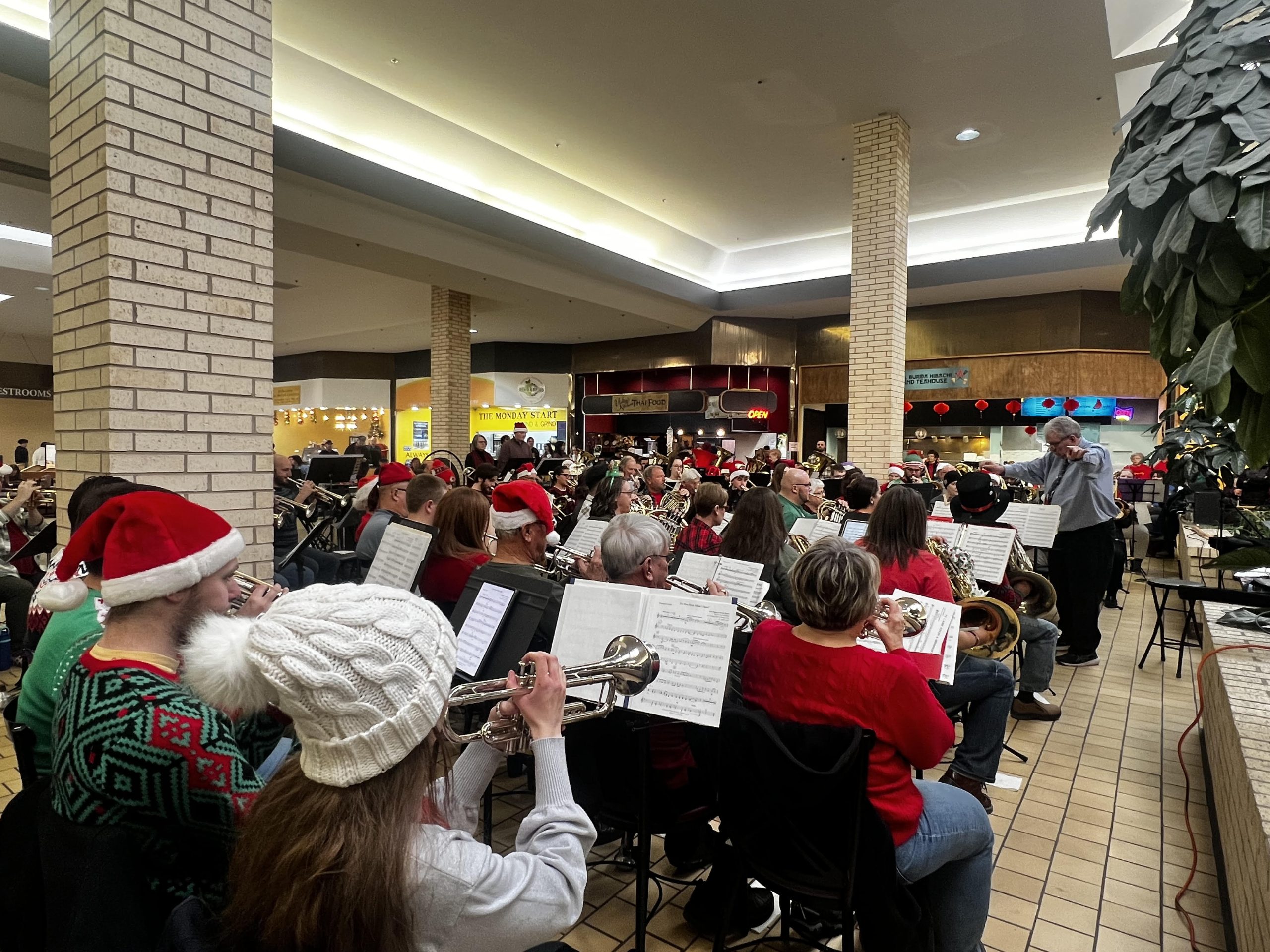Rolling Hills Zoo has lost a beloved snow leopard.
According to the zoo, on Sunday Sari had to be euthanized as a result of kidney disease that was causing her body’s systems to fail. Sari was the 4th oldest snow leopard in North America. She had just turned 21 years of age at the end of May.
Sari was born in New York at the Bronx Zoo on May 30, 1992. She came to Rolling Hills in October of 2000 to be a breeding partner to Boris, a male snow leopard, who passed away in 2009.
With Boris, Sari had two offspring, Makalu, a male who is now at Zoo Grandy in Quebec, Canada, and Kumari, a female who resides in St. Paul, MN at the Como Park Zoo & Conservatory. Makalu sired a female that is now at the Bronx Zoo. Sari leaves a legacy of three offspring that are all currently part of the Species Survival Program (SSP) with the Association of Zoos & Aquariums (AZA).
The keepers at Rolling Hills Zoo describe Sari as “sweet” and a “really good girl” who was a great patient, even during her final days, allowing veterinarians and keepers to be able to monitor her and provide treatment that was needed. Those that remember Sari in her younger years referred to her as a real “spitfire”. The keepers and staff will greatly miss Sari’s beautiful nature, but are comforted by the legacy she leaves behind.
Because of the elusive nature of snow leopards in the wild, there is no specific data about how long they will live in the wild, but typically up to 15 to 18 years in captivity. At 21, Sari was the 4th oldest snow leopard in North America.
With the passing of Sari, the snow leopard SSP will soon be making a determination about a breeding partner for Gobi, the male snow leopard at Rolling Hills Zoo.
Snow leopards have been hunted for many years for their beautiful coats. In some areas, natural prey sources have been depleted due to human encroachment.
There are currently over 600 snow leopards in captivity worldwide. More than 250 animals are managed in North America as part of the AZA SSP. SSPs are special programs designed by a team of zoo and wildlife professionals that outline breeding plans, work to increase public awareness and education, help conduct research, and in some cases, organize programs to reintroduce captive-bred wildlife into secure habitats.
According to the Snow Leopard Trust, there are only about 4,000 to 6,500 of these moderately large cats remaining in the wild.



